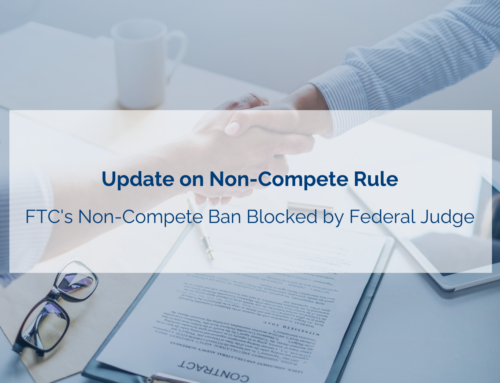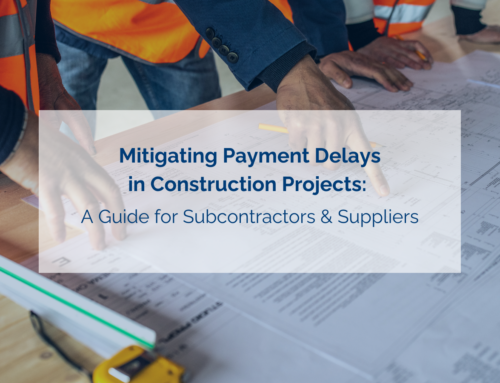When launching a construction project, stakeholders, including developers, designers, and contractors, may encounter unforeseen issues by relying on an “industry standard” contract form instead of tailoring it to the project’s specific needs. Urgency in project initiation often leads to neglecting the identification and allocation of risks in contracts.
It’s crucial to note that “standard” contracts typically favor the industries that created them. When presented with such forms, stakeholders should scrutinize origins and assess alignment with their interests. Mutual waivers of consequential damages may appear fair but can disproportionately impact owners, requiring careful examination and potential adjustments.
- Limitation of liability (LOL) clauses, common in design contracts, should be approached cautiously to avoid conflicts with other terms, especially insurance. Default insurance terms in “industry standard” forms often lack specificity, necessitating detailed specifications in project-specific exhibits.
- Force majeure and delay considerations are sometimes omitted in form contracts, requiring stakeholders to specify critical path delay events and differentiate between those warranting time extensions and those with alternative remedies.
- Indemnity clauses, despite being crucial in dispute resolution, are often overlooked. Stakeholders should review and adapt “industry standard” indemnity clauses to suit project needs.
While standard terms provide a starting point, it’s crucial to recognize the absence of true “standardization” in contracts. For expert guidance on navigating construction contracts, contact Burkhalter Law.





